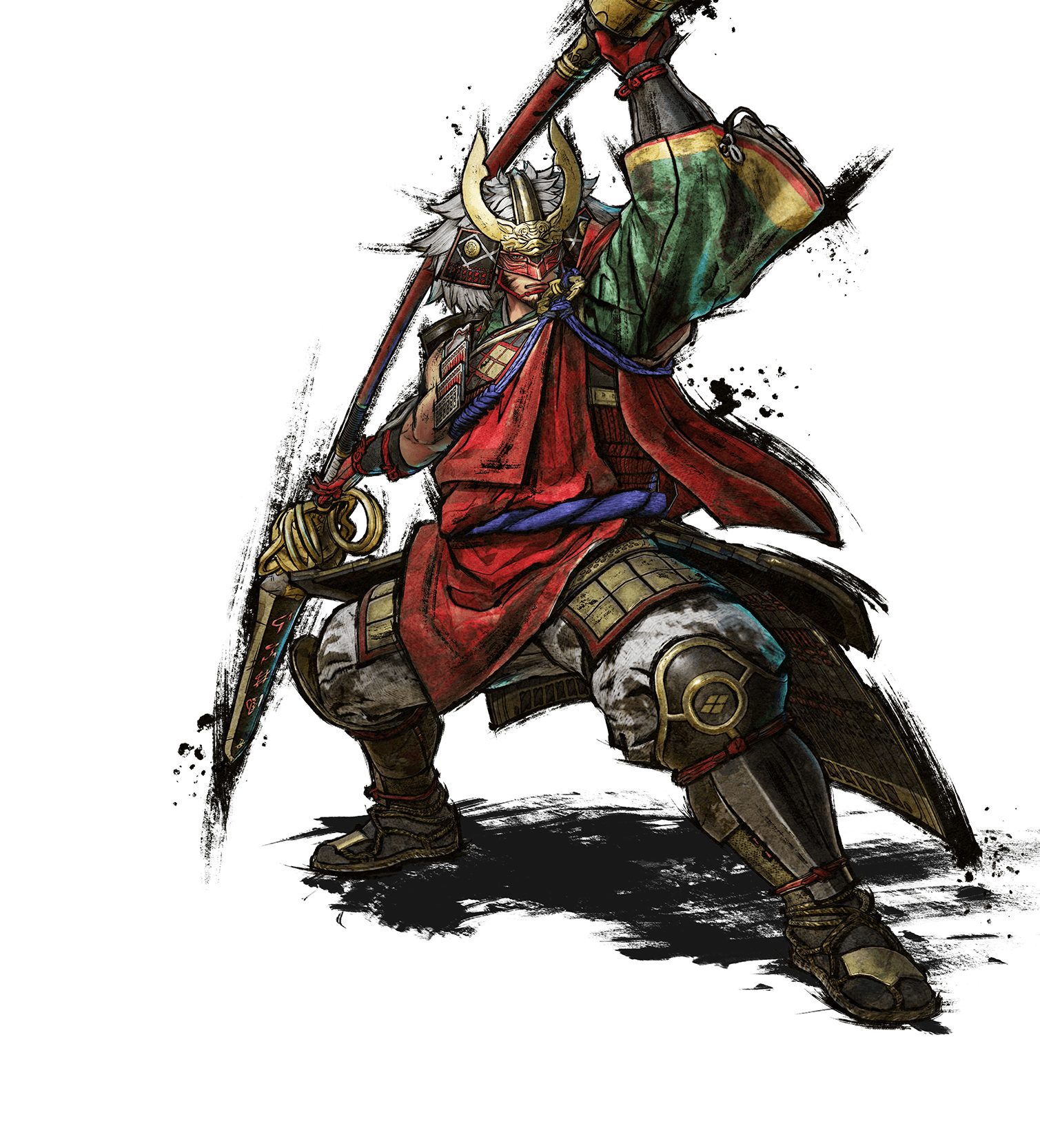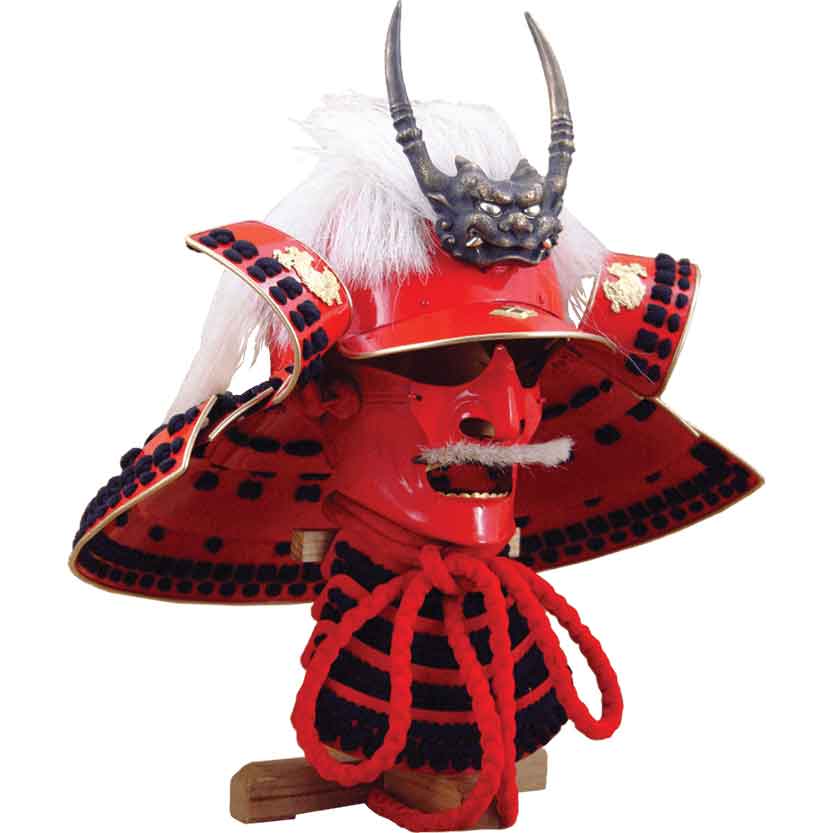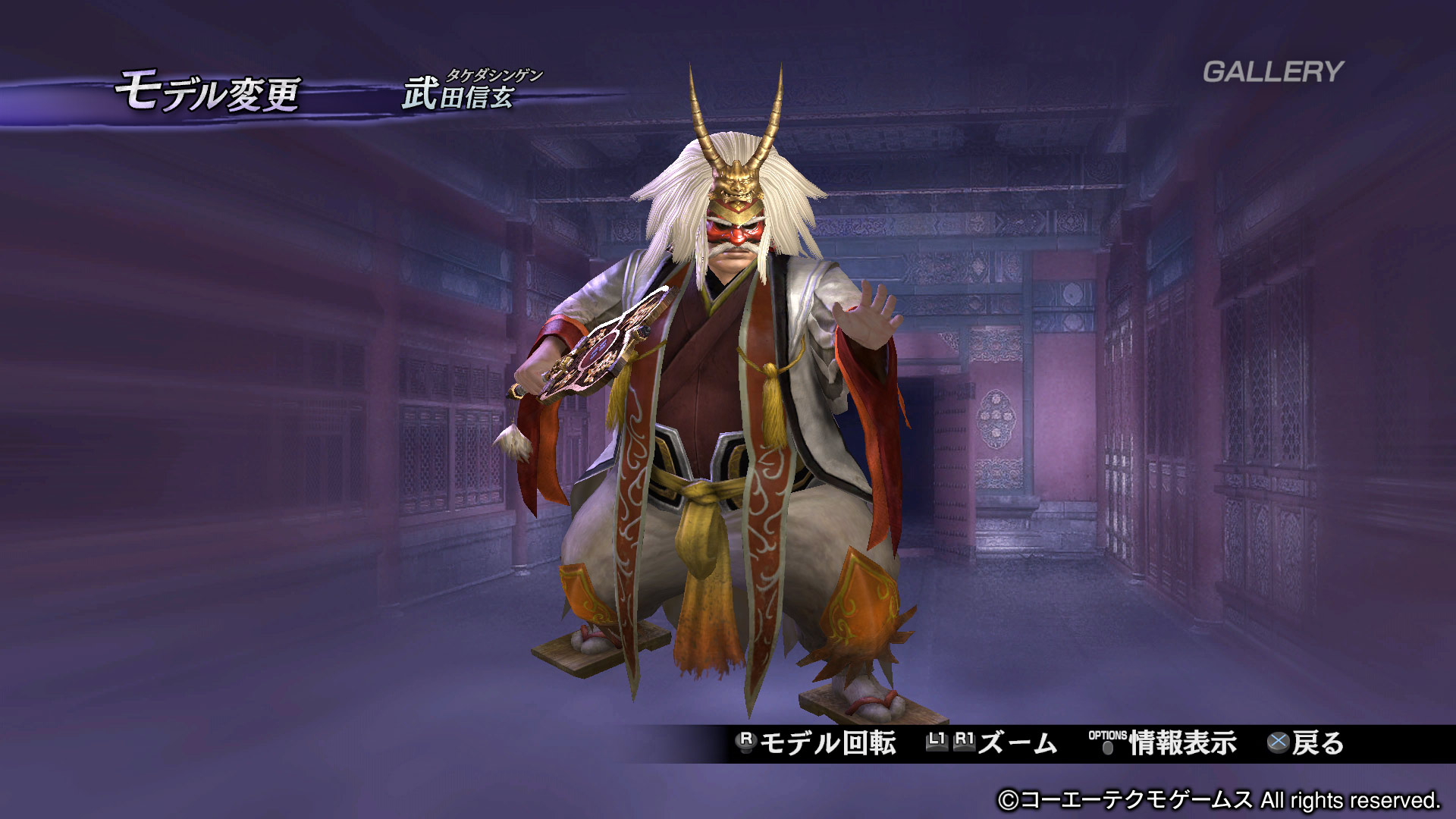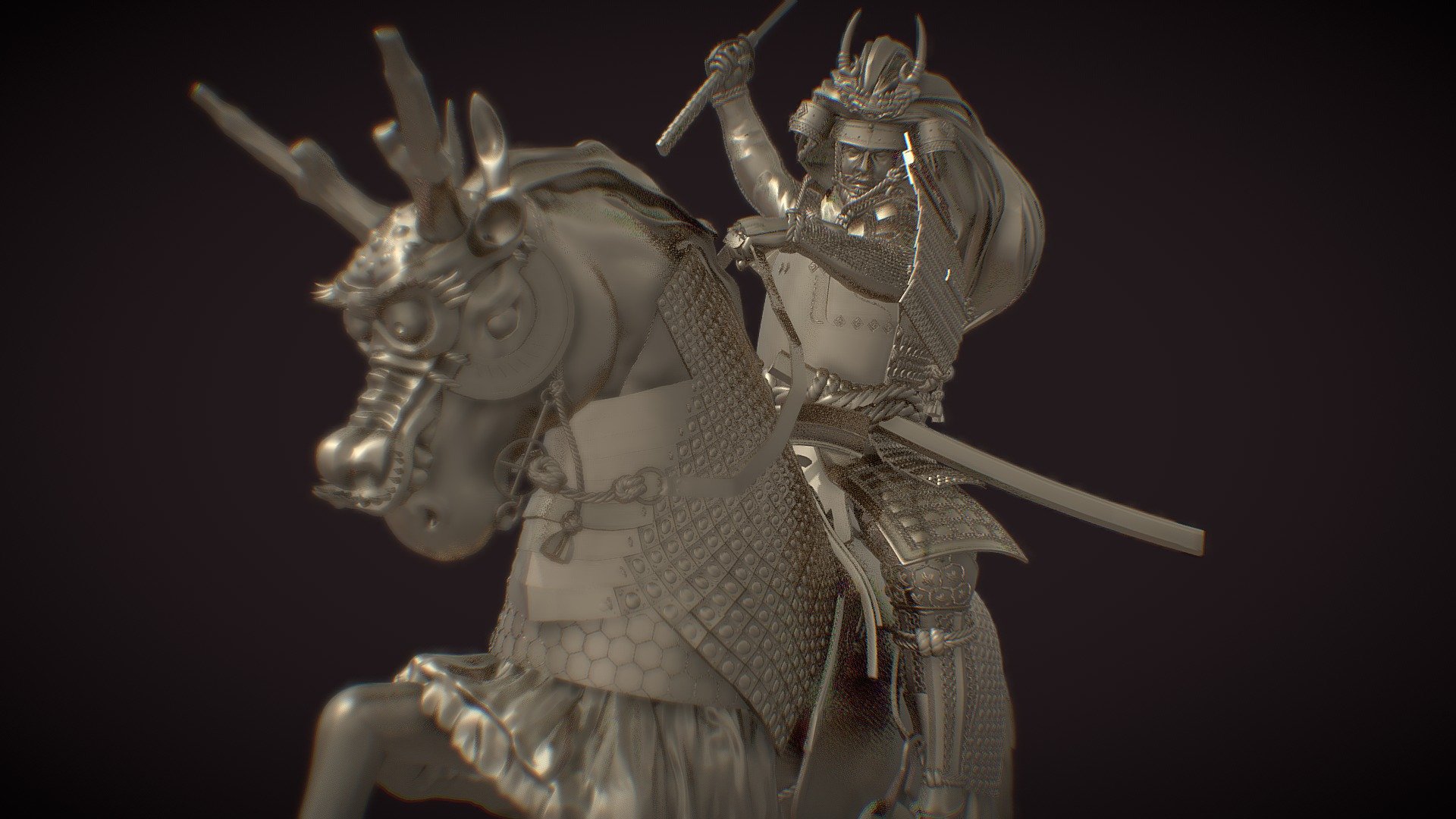
1/12 Takeda Shingen tutorial DID Corp.
Kagemusha: Directed by Akira Kurosawa. With Tatsuya Nakadai, Tsutomu Yamazaki, Ken'ichi Hagiwara, Jinpachi Nezu. A petty thief with an utter resemblance to a samurai warlord is hired as the lord's double. When the warlord later dies the thief is forced to take up arms in his place.

MoshowMCTJ02ProgenitorEffectTakedaShingenNobleClassPainted
Takeda Shingen was the first-born son of Takeda Nobutora (武田信虎), leader of the Takeda clan, and daimyō of the province of Kai. He had been an accomplished poet in his youth. He assisted his father with the older relatives and vassals of the Takeda clan, and became quite a valuable addition to the clan at a fairly young age.

Visita Estatua Takeda Shingen en Kofu Expedia.mx
Takeda Shingen (武田 信玄?, December 1, 1521 - May 13, 1573), of Kai Province, was a preeminent daimyo in feudal Japan with exceptional military prestige in the late stage of the Sengoku period. Shingen was called "Tarō" (a commonly used pet name for the eldest son of a Japanese family) or "Katsuchiyo" (勝千代) during his childhood. When he celebrated his coming of age, he was given.

DID Japanese Samurai Takeda Shingen Palm Hero 1/12 Figure XJ80013 6
Takeda Shingen, now 49 years old, was the most important daimyo east of Mino, and the only one with the power and tactical ability to halt Oda Nobunaga's relentless quest for national hegemony. In 1570, the formidable Hôjô Ujiyasu died and his heir, Ujimasa, quickly made peace with Shingen.

SAMURAI WARRIORS 5 Shingen Takeda
The Battles of Kawanakajima (川中島の戦い, Kawanakajima no tatakai) were a series of battles fought in the Sengoku period of Japan between Takeda Shingen of Kai Province and Uesugi Kenshin of Echigo Province from 1553 to 1564. Shingen and Kenshin contested each other for control of the plain of Kawanakajima between the Sai River and Chikuma River in northern Shinano Province, located in.

DOA5LR SW Mashup Gen Fu & Shingen Takeda
16th-century samurai fought over a divided Japan. Takeda Shingen was one of the strongest. Known for his furin-kazan swift attack strategy, masterfully incorporating a strong cavalry and stealthy.

Takeda Shingen Helmet AH2082 Medieval Collectibles
Takeda Shingen and the History of Kofu City. The Shingen Museum was opened in 2019, the same year as the 500th anniversary of the establishment of Kofu. It is located to the south of Takeda Shrine, which is the former site of the Takeda Residence, where Takeda Shingen lived. He was said to be the strongest military commander of Japan's.

Special Costume "Shingen Takeda" on PS4 Official PlayStation™Store
Nov 5, 2016. In Akira Kurosawa's classic 1980 film "Kagemusha" ("Shadow Warrior"), the 16th-century daimyo Takeda Shingen is mortally wounded by a sniper after being lured by the sound of a flute.

戦国無双5 武田信玄
December 1 marks the 500th anniversary of the birth of Shingen Takeda (1521-1573), a daimyo (feudal lord) widely regarded as one of the greatest military commanders of Japan's Warring States Period (1467-1615). Shingen's military expeditions saw him conquer neighboring Shinano Province (modern day Nagano Prefecture) and also engage in a….

Takeda Shingen Statue holiday rentals, JPN holiday houses & more Vrbo
Takeda named to the "2023 Best Places to Work" for Disability Inclusion For the second consecutive year, Takeda has been named a Best Place to Work for Disability Inclusion by Disability:In and the American Association of People with Disabilities (AAPD), this time receiving a top score of 100 for our commitments and efforts related to disability, equity and inclusion in the U.S. October 05.

Samurai Takeda Shingen 3D model by Quan Kan (minh.quan.17.25
Takeda Shrine. Takeda-jinja Shrine was dedicated to Takeda Shingen, the famous leader of the Kai country, and is located on the place where three generations of Takeda, Nobutora, Shingen, and Katsuyori, actually lived. Many people enjoy strolling, not only in the premises surrounded by cherry trees in full blossom, but also around the shrine.

1/12 Takeda Shingen tutorial DID Corp.
Takeda Shingen was the daimyo of Kai province. Shingen contributed greatly for the Takeda clan's expansion during the Sengoku period. Takeda Shingen was born in 1521 and was the son of Takeda Nobutora. In 1536, at the age of 15, Shingen received his baptism of fire when his father Takeda Nobutora attacked Hiraga Genshin in the Battle of Umi no Kuchi. After a failed attack by Nobutora due to a.

Takeda Shingen Statue in Kofu Tours and Activities Expedia
Takeda is a global, research and development-driven pharmaceutical company committed to bringing better health and a brighter future to patients by translating science into life-changing medicines. Takeda focuses its R&D efforts on oncology, gastroenterology and central nervous system therapeutic areas plus vaccines. Takeda conducts R&D both internally and with partners to stay at the leading.

Takeda Shingen (Fighting Uesugi Kenshin) at Kawanakajima Museum of
The Takeda Clan (武田氏, Takeda-shi) was a Japanese samurai clan active from the late Heian period until the late 16th century. The clan was historically based in Kai Province in present-day Yamanashi Prefecture. The clan reached its greatest influence under the rule of Takeda Shingen, one of the most famous rulers of the period.

Takeda Shingen Sengoku Period, Samurai, Warlord Britannica
Kōsaka Masanobu (高坂 昌信) also known as Kasuga Toratsuna (春日 虎綱, 1527 - June 12, 1578) was a Japanese samurai warrior of the Sengoku period.He was known as one of the "Twenty-Four Generals of Takeda Shingen".He is often credited as the original author of Kōyō Gunkan, which records the history of the Takeda family and their military tactics.

1/12 Takeda Shingen tutorial DID Corp.
Takeda Shingen (born December 1, 1521, Kai province [now Yamanashi prefecture], Japan—died May 13, 1573, Komaba, Shinano province [now Nagano prefecture]) daimyo (feudal lord) and one of the most-famous military leaders of Japan, who struggled for mastery of the strategic Kantō Plain in east-central Honshu during the chaotic Sengoku ("Warring States") period of civil unrest in the 16th.